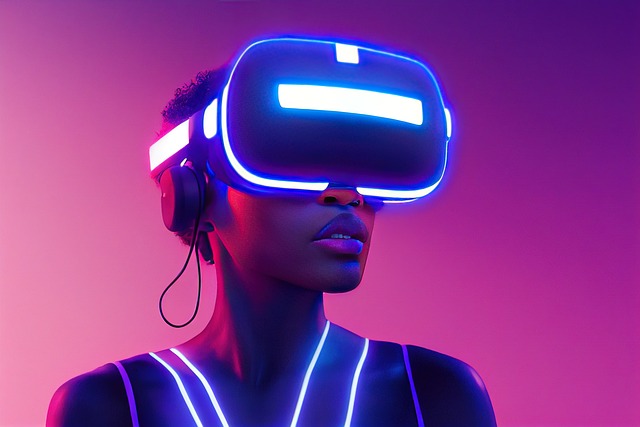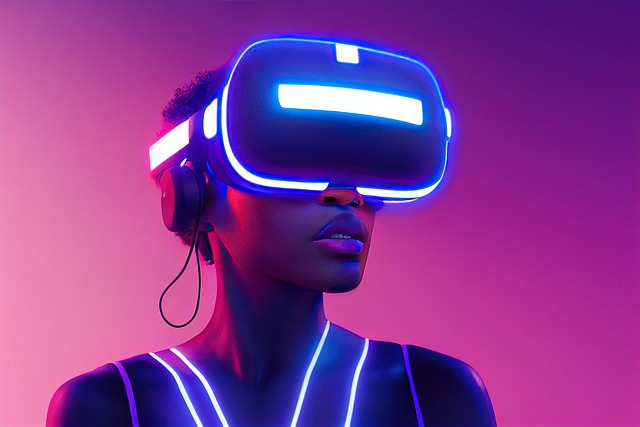Stepping Into New Realms: The Power of Immersive Architecture
In the evolving landscape of digital experience, immersive architecture stands at the crossroads of technology and human sensation, offering us more than just visual delight—it invites us into a realm where space and emotion intertwine deeply. This emerging form of design leverages the remarkable capabilities of virtual reality (VR) and augmented reality (AR) to explore the boundless potential of the metaverse, delivering immersion that feels both tangible and transformative.
The Enveloping Embrace of Virtual Reality
Virtual reality transports us beyond the physical world, creating entirely new environments that users can enter and interact with. In the context of immersive architecture, VR demolishes traditional boundaries: walls can bend, floors can float, and landscapes can stretch into infinite vistas. This fluidity allows architects and designers to craft experiences that challenge our perceptions of space, encouraging users to engage not just with structure, but with narrative and sensation embedded within that space.
When you don a VR headset, you’re enveloped in a carefully constructed world, heightened by every nuance of light, shadow, and sound. This total immersion deepens emotional connections, making the architecture not just seen, but felt—an experience that stays with you long after the headset is removed.
Augmented Reality: Bridging Reality and Imagination
While VR creates separate universes, augmented reality overlays digital elements onto our existing environment, enriching our everyday world with additional layers of meaning and interaction. With AR-driven immersive architecture, the familiar transforms into something extraordinary—walls may spring to life with historical narratives, or furniture might rearrange at a gesture, providing a dynamic dialogue between the user and space.
This blending of tangible and virtual elevates our perception of reality, encouraging a playful yet profound engagement where architecture becomes a responsive companion to human experience, adapting and evolving alongside us.
Exploring the Metaverse: The New Frontier of Spatial Experience
The concept of the metaverse—a persistent, shared virtual space—is the ultimate canvas for immersive architecture. It’s a universe where digital architects craft environments that transcend physical constraints, creating spaces for social interaction, creativity, and exploration. Here, immersion gains new dimensions as people from all corners of the world congregate within a single virtual structure, sharing moments and experiences that feel genuine and intimate despite the digital divide.
In this metaversal context, architecture is no longer static; it becomes an evolving ecosystem that responds to the collective presence and interaction of its inhabitants. The possibilities are vast: from virtual museums that host ever-changing exhibits to digital cities designed collaboratively by global communities, immersive architecture is reshaping how we envision our relationship to space and presence itself.
Feeling the Future through Immersion
At its heart, immersive architecture taps into our innate craving for connection—to places, to stories, and to one another. By fusing virtual reality, augmented reality, and the expansive potential of the metaverse, it creates experiences that resonate on an emotional and sensory level. Whether it’s the quiet awe of wandering a digitally rendered garden or the vibrant energy of a virtual concert hall, immersive architecture invites us to be participants rather than mere observers, grounding technological innovation in the deeply human desire to belong and explore.



